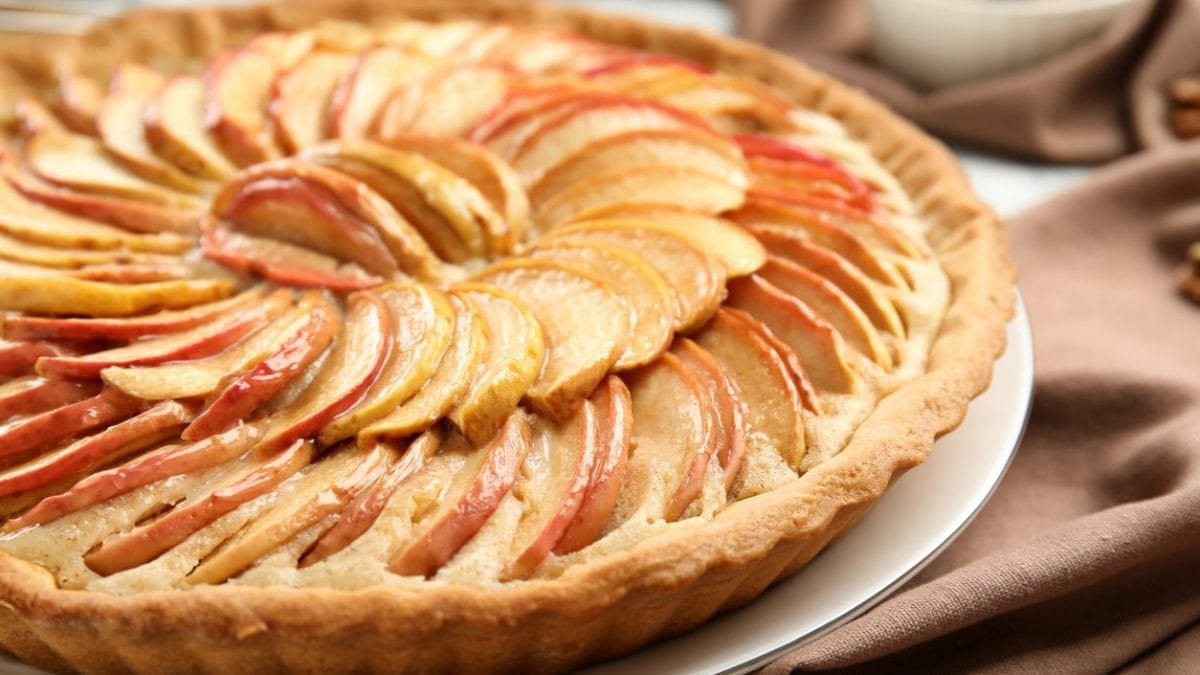
Simple and spectacular, desserts decorated with fresh fruit are always a winning choice: a few pieces of one or more varieties of fruit, from strawberries to apples, from bananas to berries, are enough to enrich your cake in terms of flavor and aesthetics. Just think of preparations like cheesecake or the classic fruit tart, but also strawberry tiramisu. But there is also a possible danger in using fruit as a decoration: if not treated correctly, in fact, cut fruit tends to naturally blacken as a result of the oxidation process that is triggered by contact with air and become less inviting from a visual point of view (in terms of taste nothing changes). How to solve the problem? It's very easy: to prevent the fruit placed on the surface of desserts from blackening and losing its shine, you need to know the methods, all natural, to slow down oxidation.
How to Prevent Fruit From Browning on Desserts
There's no need to be an expert chemist or resort to any tricks: stopping the browning process of fruit is very easy, all you need are natural ingredients or very easy to find in supermarkets, to be used in the very simple methods we suggest.
1. Lemon, Pineapple or Orange Juice
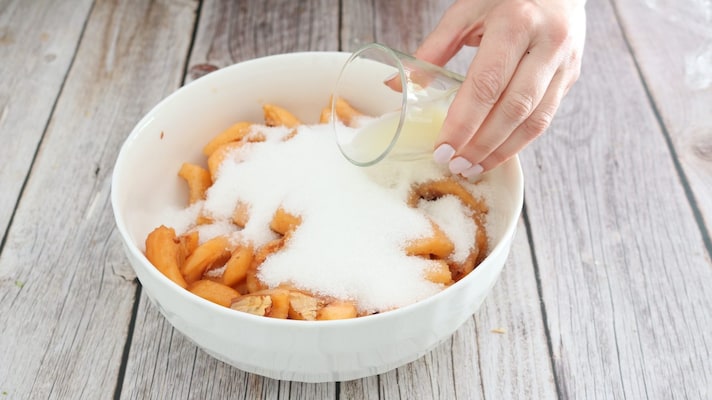
The quickest, simplest, and most effective solution to prevent cut fruit from browning is to use lemon juice: the citric acid it contains is a powerful antioxidant and instantly inhibits the enzymatic reactions that lead to oxidation. You can immerse your cut fruit directly in lemon juice so that it's well-coated and let it soak for 30 minutes, but you can also dilute the juice with a little water to prevent the strong flavor from overpowering the fruit. And if you're worried about the lemon flavor being too strong, you can also opt for orange juice or pineapple juice, both equally effective antioxidants: combine a tablespoon of orange juice with a glass of water to make a solution to brush on the fruit, or immerse the inside of the fruit in pineapple juice for a few minutes before cutting it (this method is particularly effective for bananas).
2. Use Salt
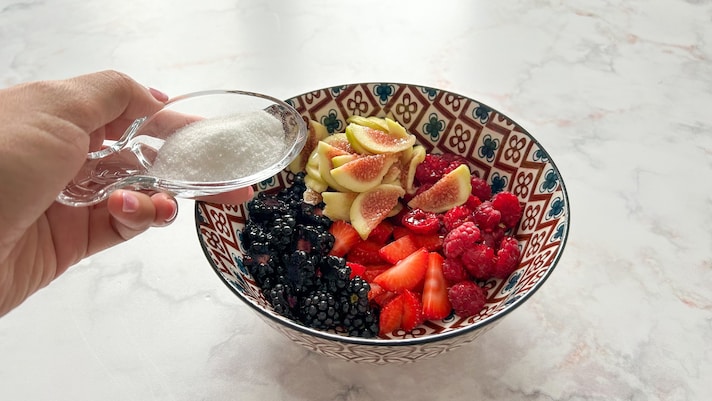
Another essential ingredient in your kitchen is undoubtedly salt, but did you know it also acts as an antioxidant? It works just like lemon juice and can slow down the natural oxidation process of cut fruit. All you have to do is dissolve a teaspoon of salt in a liter of water, soak the fruit you want whole for a few minutes, then rinse it well to remove any saltiness, and proceed with cutting.
3. Mix Water and Baking Soda
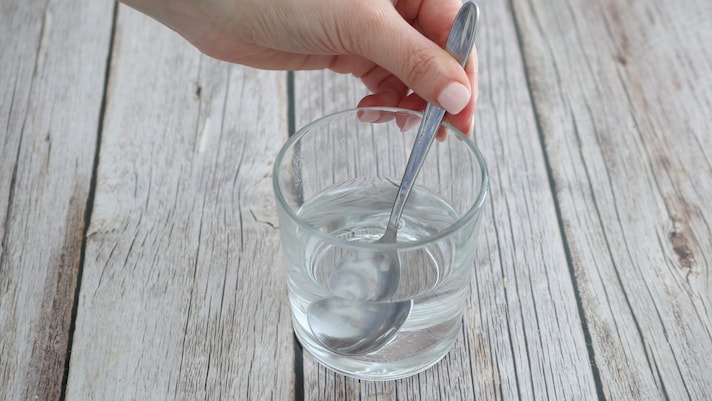
Baking soda should never be missing from your home because it's useful for so many things, not just culinary ones. It's also an excellent way to prevent chopped fruit from turning black quickly: this is because baking soda, added in the amount of one tablespoon to a liter of water, raises the pH of the solution and thus blocks the activity of the enzymes that cause oxidation and ripening of the fruit. Once the solution is ready, soak the whole fruit for 10-15 minutes, then dry them and proceed with cutting.
4. Cover the Fruit With Edible Gelatin
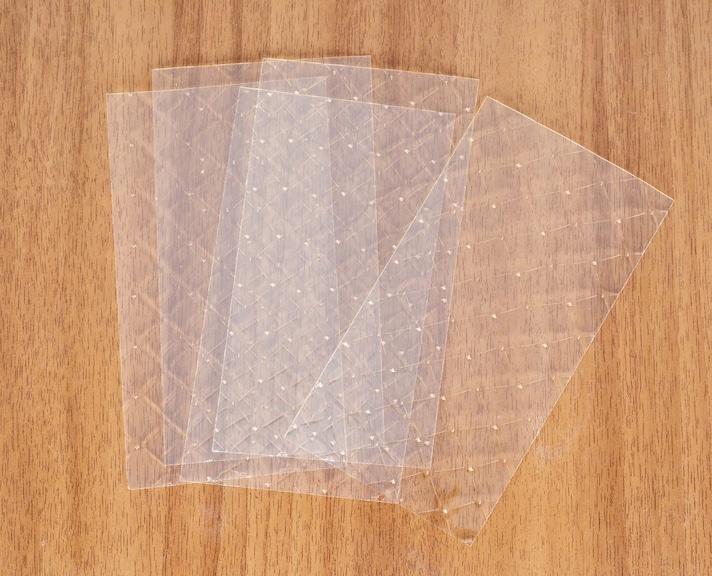
A very effective way to prevent fruit from browning, while also making it shiny and even more inviting, is to cover it with edible gelatin. Whether powdered, in sheets, or spray form, it's the perfect solution because it creates a sort of glossy patina around the fruit pieces, which not only prevent them from oxidizing but are also more attractive to look at. In this case, simply prepare the gelatin, let it cool, and use a pastry brush to spread it over each slice of fruit you want to use to decorate your dessert; if you buy spray gelatin, it's even easier because it's already prepared; you just spray it directly on your fruit pieces.
5. Immersion in Freezing Water

If you don't have any of the ingredients listed but still need to stop the oxidation of cut fruit, you can use the simplest trick of all: immerse the cut pieces in ice water, an effective solution because the cold stops the oxidation process and keeps the fruit crisp and fresh. But be careful not to overdo it or leave the fruit to soak for too short a time, because if you leave it soaking for several hours you'll get the opposite effect: the fruit will absorb too much water and become too soft.
;Resize,width=767;)
